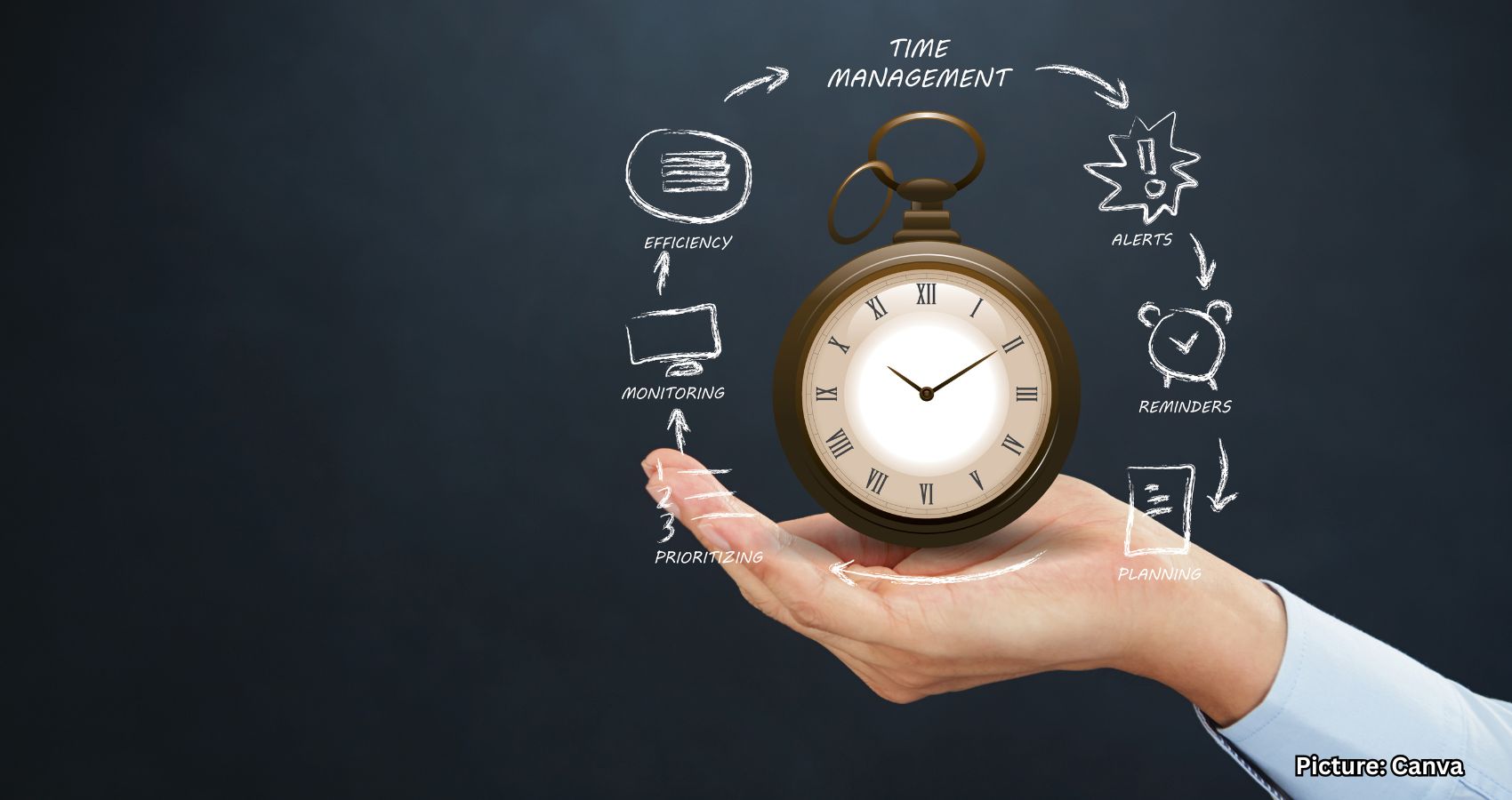Dr. Jill Bolte Taylor’s 90-second rule offers a framework for managing emotional reactions, empowering individuals to pause and choose their responses rather than react impulsively.
Most people who know me would describe me as calm and easygoing, someone who is courteous and respectful of others. Typically, I do not react immediately when someone says or does something that bothers me. However, one evening at a restaurant, a busboy inadvertently pushed all my buttons at once.
As he leaned across my seat to refill my friend’s water glass, he accidentally knocked over my drink, spilling it across the table. When I looked up, he stood there without any hint of apology or movement to help clean up the mess. Instead, he casually pointed to the paper napkin holder and said, “You can clean it up.”
Though he may not have intended to be rude, his response triggered an immediate emotional reaction in me, and I lost my cool.
This brings us to an important distinction: reacting versus responding. Dr. Jill Bolte Taylor, a Harvard-trained neuroanatomist and author of the best-selling book My Stroke of Insight, explains what occurs in our brains during such emotional reactions. When we encounter a situation that triggers feelings like anger, anxiety, or fear, our brains release a cascade of neurochemicals, including adrenaline and norepinephrine. This results in various physiological responses: our muscles tense, our hearts race, and we may feel hot or uneasy.
Many of us have experienced these visceral reactions—instinctive feelings and physical sensations that arise from deep within us. In those moments, we often react instinctively and uncontrollably. For instance, when a ball is thrown at your head, you duck without thinking. In my case, I yelled at the busboy.
Dr. Taylor introduced the concept of the 90-second rule to describe how these emotional situations unfold. She explains that once an emotional reaction is triggered, it takes about 90 seconds for the brain to process and release those emotions. During this time, the physical sensations and visceral reactions gradually fade. Any emotions or reactions that occur after this 90-second window are a result of our choice to remain in that emotional loop, generating thoughts or reactions that keep the cycle going.
A 90-second pause can make all the difference between a reaction and a response. Dr. Taylor’s 90-second rule encourages us to pause, breathe, and regain control over how we respond. This aligns with the common advice to “count to ten,” which suggests taking a moment to gather our thoughts before acting impulsively. Historically, this advice is attributed to President Thomas Jefferson, who reportedly said, “When angry, count to ten before you speak; if very angry, count to one hundred.”
So, what does this mean for us? Reflect on a past event or interaction that triggered a reactionary response. Consider a situation that made you angry, prompting an immediate reaction. In hindsight, how significant was that event in the grand scheme of things? After discussing this with a few friends, we found that most situations that seemed crucial at the time now appear trivial. Many of these events are now forgotten, while others may have evoked deeper emotions like grief or sadness that linger longer.
A valuable lesson from the 90-second rule is to train ourselves to calm down when we feel emotions surging within us. By refocusing on the present moment, we can reduce the intensity of our emotional reactions. This pause allows us to avoid hasty decisions or regrettable comments, enabling us to consider different perspectives and the potential consequences of our actions. Like developing any good habit, this practice takes time and effort, and we may encounter multiple failures before we successfully manage our emotional triggers. This process is often referred to as resetting the mind.
If we continue to feel strong emotions after the initial 90 seconds, it is because we choose to dwell on the triggering event, reactivating our emotional circuitry and reinforcing related thoughts. As Susanne Daily aptly puts it, “There are only two things you can control in your life: how you prepare, and how you respond.”
Mo Gawdat, a former engineer and chief business officer for Google X, illustrates the application of these lessons through his own experience. He applies the 90-second rule by asking himself three questions: Is it true? Can I do something about it? Can I accept it and move forward despite its presence? Now a happiness researcher and speaker, Gawdat argues that this rule can help individuals find joy and fulfillment almost instantly. In his book Solve for Happy: Engineer Your Path to Joy, he posits that happiness is determined by two factors: our perception of life events and our expectations of how life should be. The balance between these two elements ultimately shapes our happiness, and both are within our control.
A quote attributed to Viktor E. Frankl, an Austrian neurologist and Holocaust survivor, encapsulates this concept: “Between stimulus and response lies a space. In that space lies our freedom and power to choose a response. In our response lies our growth and our happiness.”
How will you choose to respond in your life?
Source: Original article

